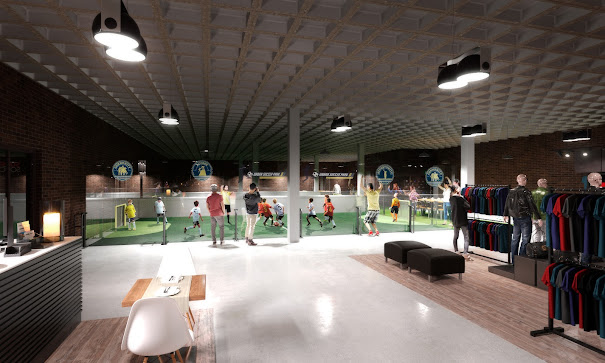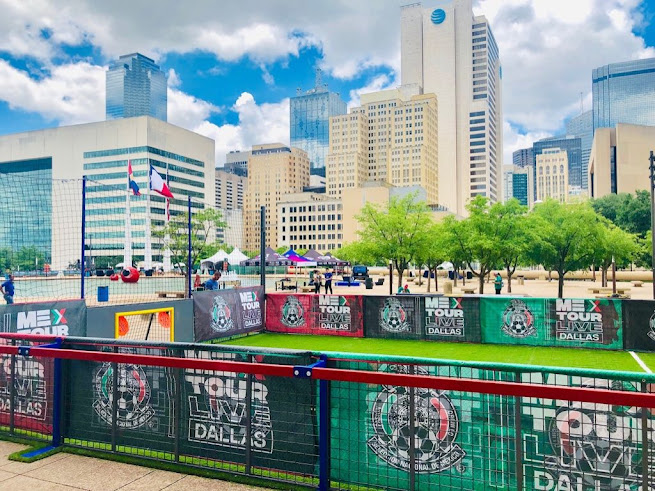5 Ways to Know How to Start an Indoor Sports Facility
So you're building a replacement sports complex – Good for you!
Whether this process is new or you're performing on your tenth sports complex,
it's still impressive when you know how to start an indoor sports facility.
Owning and maintaining an area for people to enjoy recreational
activities is sweet for your community's health, wellness, and wallet.
However, this is often a sophisticated process. There are tons of
various factors that enter making a state-of-the-art sports complex. Here are
the highest eight belongings you should consider before building to make sure
you've got the most straightforward sports building plan.
1. Activities
The initial thing on our list is activities. While you are building
a replacement sports complex, you would like to ask yourself what activities
you would like to host. This includes asking questions on what sports you would
like and what age groups you propose to serve.
Remember, a grade school soccer league will have different safety
and skill-based needs than a traveling high school age club team.
Establishing the exact activities, you propose to host
season-by-season will help your design team build the proper sports building.
2. Contractor Selection
The other primary consideration on our list is contractor
selection. Again, there are tons of various contractors out there that exist on
a good spectrum of quality.
You can have the original innovative, fantastic vision for your
complex in your mind. However, if you hire the incorrect contractor, the
finished product won't be compared to your dreams. These actions will confirm
you cover all of your bases, so you'll narrow it down and pick the proper
contractor.
3. Building Regulations
It depends on where your land is; your town or state will have
different building regulations. It's imperative to know them and ensure your
plan follows them before you dig the primary hole.
You should present your plans to your local municipality to get
approved. Typically, you'll need to meet with their zoning department
specifically. Only after these plans are approved can you move forward, so get
this done early within the process!
4. Turf Selection
It depends on where the land is situated; your town or state will
have different building regulations. It's imperative to know them and ensure
your plan follows them before you dig the primary hole.
You must present your plans to your local municipality for
approval. Typically, you'll need to meet with their zoning department
specifically. Only after these plans are approved can you move forward, so get
this done early within the process!
The two have their pros and cons. One important thing to recollect
is that turfgrass gets tons warmer tons quicker than its natural counterpart.
That's important to understand for decent weather safety precautions.
5. Irrigation & Draining
Two things that are important regardless of what sort of field you
create are irrigation and draining. While you would like not to irrigate
synthetic turf fields, you continue to worry about draining.





Comments
Post a Comment